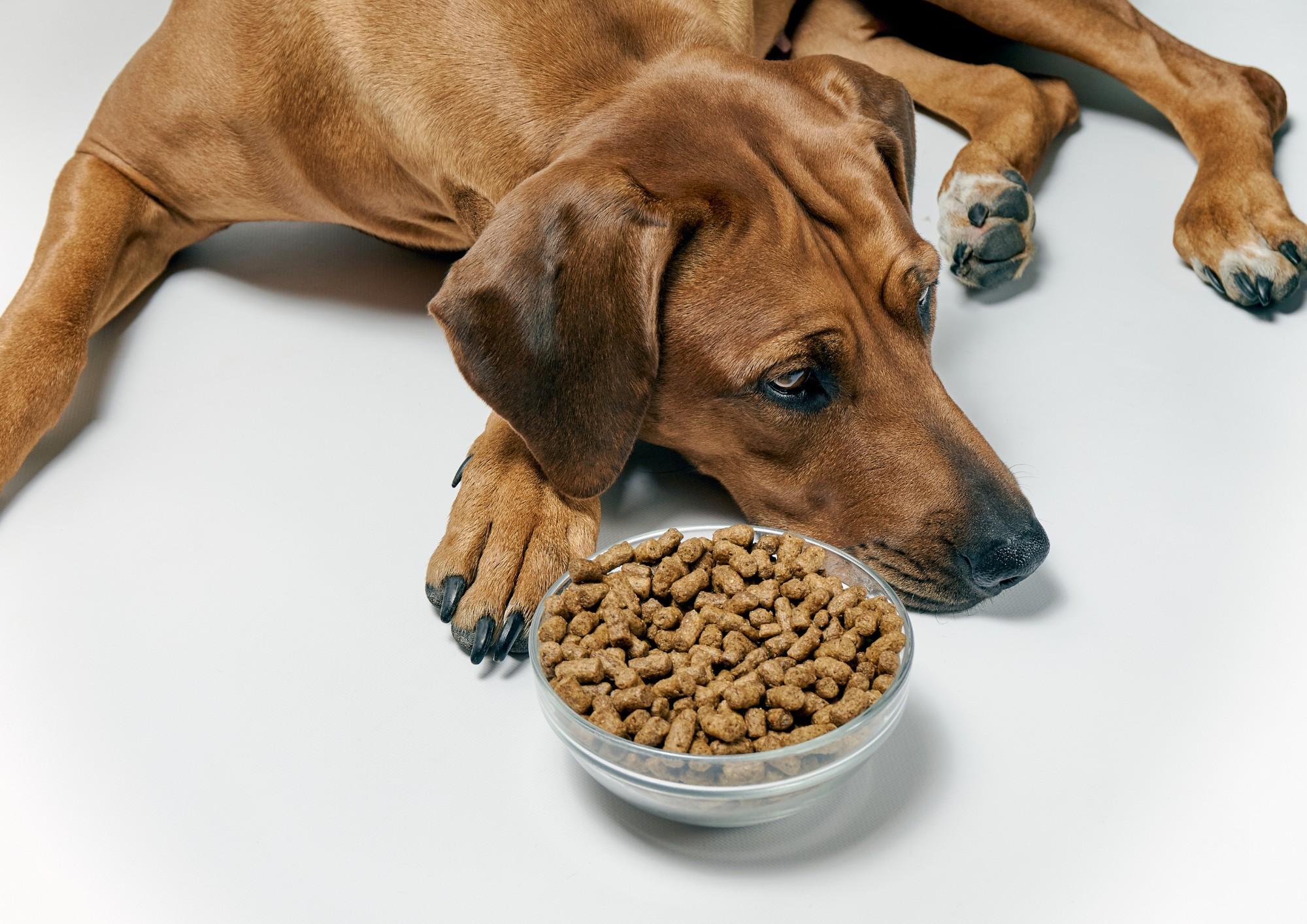When choosing food for your dog, the ingredient list can be confusing – and sometimes even a little mysterious. Words like animal-derived ingredients, meat meal, animal fat, or by-products may leave you wondering what your dog is really eating. Based on the term it could be pretty much anything..
Let’s unpack what animal-derived ingredients actually mean, why they exist in dog food, and how Nordic transparency helps you make better feeding choices.
What are animal-derived ingredients?
Animal-derived ingredients refer to any components that come from animals – from muscle meat to organs, fat, or even bones. These ingredients are rich in essential nutrients like protein, amino acids, and minerals that dogs naturally need.
However, the quality and sourcing of these ingredients vary greatly between brands. Some dog foods use clearly defined ingredients (like “dried chicken” or “Nordic salmon”), while others hide behind vague labels like “animal derivatives” or “meat and bone meal.”
The quality of the ingredient matters just as much as what the ingredient states to be. There can be huge differences in nutritional value, digestibility, and palatability between different parts and differently processed ingredients.
Hidden or undefined ingredients: What to watch out for
Not all animal ingredients are created equal. When labels use generic terms such as “meat meal” or “animal fat,” it’s hard to know which species the ingredients come from or how they were processed.
These vague descriptions can hide:
- Inconsistent raw materials, depending on what’s available at the time of production.
- Lower traceability, making it difficult to ensure animal welfare, quality, and safety.
- Potential allergens, especially for dogs with food sensitivities.
At Alvar Pet, we believe in radical transparency – every ingredient should have a clear name and purpose.
Why dry food can be the smart choice
Dry food, when made from responsibly sourced ingredients, is:
- Balanced and complete – every bite provides essential nutrients. There are no shifts in quality or nutritional values.
- Shelf-stable and easy to store, with no need for preservatives beyond what’s safe and natural.
- Eco-friendly, thanks to lower transportation emissions and, in our case, recyclable packaging.
Alvar’s Nordic dry foods use clearly listed animal proteins, such as Nordic chicken, Baltic herring, or Nordic salmon, so you always know what’s in your dog’s bowl.
How to read dog food labels like an expert
When evaluating a label, look for:
- Named proteins – “chicken,” “beef,” or “salmon” instead of “animal derivatives.”
- Transparency – full ingredient breakdown, not just percentages.
- Sourcing information – ideally, local or regional (Nordic origin is a gold standard).
- Additives – natural vitamins and minerals are fine; avoid artificial preservatives or colorants.
Understanding labels empowers you to feed your dog with confidence.
The Alvar Pet promise
At Alvar, we believe that every ingredient matters. Our Nordic dry foods are crafted with:
- Traceable, high-quality animal ingredients from trusted local suppliers (Nordics & EU).
- A balanced mix of plant-based nutrients for digestive and environmental health.
- Sustainable production practices, minimising our carbon pawprint.
No hidden contents. No unnecessary fillers. Just clean Nordic nutrition for dogs who deserve the best.
Key takeaways
- Animal-derived ingredients can be nutritious – but only when clearly defined and responsibly sourced.
- Vague terms like “animal derivatives” often signal low transparency.
- Transparency and clarity in ingredient specifics and origin are often a seal for high credibility and quality.


